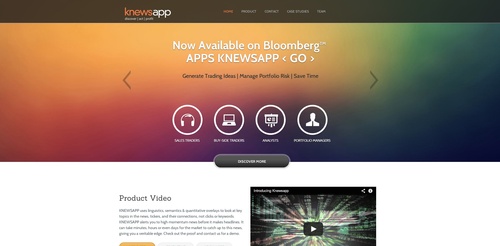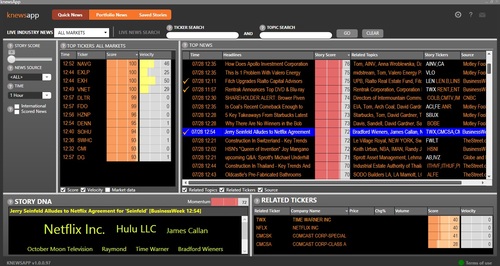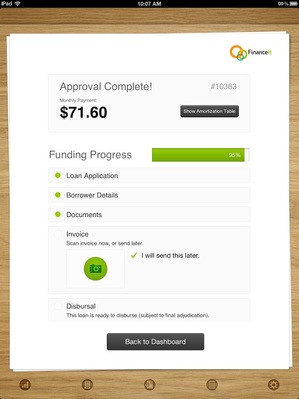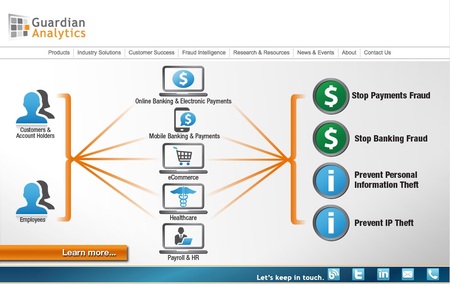
In late summer, I published a two-part post detailing the most important retail banking projects for next year (here and here). I’ve got another installment or two in the pipeline, but since it’s already starting to feel like we are making our final descent into 2015, I wanted to take a step back and explain WHY those projects rose to the top.
Truth: Branch banking is on the way out.
- I get that people like the local branch. My wife loved Blockbuster. My grandparents operated a much-loved corner grocery. But neither survived when the economics turned against them. Bank branches will survive in my lifetime, but their footprint (square feet & staffing) will decline 5% to 10% per year for the foreseeable future.
- Name one thing done in a branch that can’t be done more efficiently and/or more effectively through digital means or an ATM (let’s assume that the customer believes resolution can be obtained from either method). Sure, people still go to the branch for advice and problem solving since that’s a long-standing tradition and it’s comforting to talk to a nice person in a pressed blue shirt. But it’s also an inefficient way to get things done, for both the bank and the customer. My last trip to the branch was to open a college checking account at the bank we’ve held accounts for seven years (and whose associates know us by sight). It took an hour! And that doesn’t include the travel time for two trips to the branch (we forgot to bring a SECOND picture ID). It all could have been done in a few minutes online or via mobile had that option been available.
Myth 2 >> Desktop online banking is still needed for “serious” work
- Many people still think that “important work” requires a browser and the real estate of a 13-inch screen. I agree for writing or design tasks, that’s true. But the average banking interaction amounts to looking at a few two- and three-digit numbers and typing a search term every now and then. Those things can be easily done on mobile.
- In fact, by building the UI mobile first, designers are forced to focus on the most important data elements, creating a better experience.
———
Truth: Consumer and SMB lending could be disrupted by new players (but that’s far from a given).
Prediction: Marketplaces take 5% to 10% share by 2020
- I’m not one to throw “disruption” around lightly. In fact, it has never appeared in a title in my 10 years of blogging. Why not? Because I’ve been working in the online banking industry for 22 years and have seen nearly ZERO market share shift in the U.S. banking system over that time. The only major U.S. Internet-only success was ING Direct (now Capital One). And they don’t count because it was a division of a huge legacy player expanding their geographic reach. (Note: There has been market share shifts in the acquiring side due to PayPal, Square and others, but that was mostly wrested away from non-banks.)
- But marketplace lending (aka P2P) is the first thing I’ve seen that actually is taking share away from legacy players. Lending Club is over $2 billion; Prosper and Zoka are over $1 billion; and SOFI is probably there as well. And there are more than 100 equity and debt crowdfunding companies funding small and medium businesses. While this is still small change in the multi-trillion consumer and SMB lending market, there are signs that these companies are posed to grab meaningful share.
- What makes the lending marketplace model potentially disruptive is that they can bring together large pools of capital with very different risk tolerances and price the loans dynamically, which is much harder for traditional players to do (though regulation is a wildcard here as marketplaces could end up with draconian “safeguards” that would render their risk-based pricing advantage moot)
- But I don’t count out the big players yet. While it’s not easy, they can and probably will, copy the marketplace lending model, and perhaps continue their role as primary credit providers. However, having been a lending-product manager at a major bank, I can attest that it is extremely difficult to change historic patterns in loan underwriting.
- Ever since I’ve been involved, it’s been debated whether banks could be “the one-stop shop” for financial services. In the pre-Internet era, it was prohibitively expensive to put world-class mortgage bankers, investment advisors, insurance experts, remittance providers, SMB services, and so forth into the branch-based delivery model.
- But in today’s interconnected “API” world, that is not the case. The financial provider with the most trust — or as Richard Crone says, “The company that enrolls, controls” — can deliver the best of everything related to money management, retirement planning, value investing, and risk management/insurance. Consumers actually do gravitate towards one source if they believe it’s delivering value across disparate items. Case in point: Amazon.com. (Note: I penned my favorite report of all time around that theme, Building the Amazon.com of Financial Services (original in 1998, updated in 2000.)
- I’m not sure how banks have gotten away with such lax consumer/SMB-facing security for so long. It’s a testament to the strength of their core businesses that they can cover billions in losses every year.
- It’s also an unintended consequence of offering all digital banking services free of charge. Every tweak to the website and mobile app are new costs without any tangible revenue bump (see Myth 6 below).
- But we are finally reaching the end of the username/password era with better authentication via smartphone, far more sophisticated back-end fraud-monitoring, and seamless biometrics (aka TouchID). I, for one, will be able to sleep better, knowing our business isn’t constantly on the brink of a devastating cybertheft.
——–


























